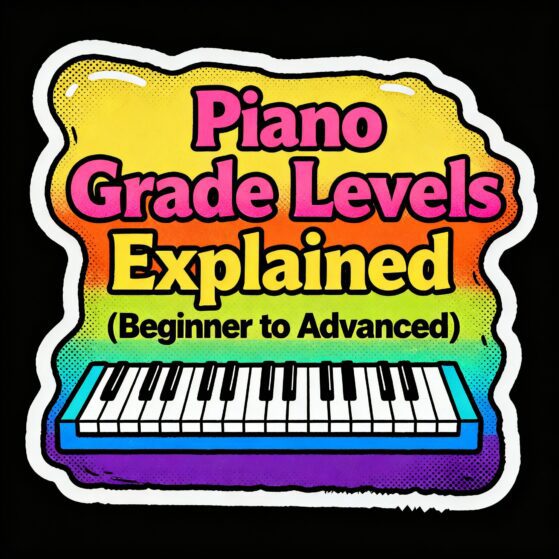Can You Learn Electric Guitar in 3 Months?
Learning the electric guitar can be an exhilarating journey. The thrill of creating music, expressing yourself, and mastering new skills can be deeply rewarding. However, many aspiring guitarists wonder: Can you learn electric guitar in 3 months? While the answer isn’t as straightforward as a simple “yes” or “no,” understanding what you can achieve in this timeframe is crucial for setting realistic expectations and goals.

Setting Realistic Goals
Before diving into whether you can learn electric guitar in 3 months, it’s essential to define what “learning” means. For some, it may mean being able to play a few chords and strum along to their favorite songs. For others, it may involve mastering complex solos or understanding music theory. Here’s how you can break down your goals:
Basic Chord Progressions: Within 3 months, many learners can expect to play basic open chords (like C, G, D, E, and A) and perhaps a few barre chords. These chords are fundamental to playing many popular songs.
Strumming Patterns: You can practice different strumming techniques to add variety to your playing. By focusing on rhythm, you can improve your timing and feel for the music.

Simple Melodies: Learning to play simple melodies can be both fun and motivating. You might aim to learn to play recognizable tunes within the first few weeks.
Understanding Tuning and Maintenance: Knowing how to tune your guitar and perform basic maintenance (like changing strings) is invaluable. This knowledge will keep your instrument in optimal playing condition.
Introduction to Music Theory: While you don’t need to be a music theory expert, understanding the basics, such as scales and chord structures, can enhance your playing.

The Importance of Practice
The key to learning electric guitar in 3 months lies in your commitment to consistent practice. Here’s how you can structure your practice effectively:
Create a Practice Schedule
Daily Sessions: Aim for at least 30 minutes to an hour of practice each day. Consistency is vital in developing muscle memory and improving your skills.
Variety in Practice: Incorporate different aspects of guitar playing into each session. For example, spend some time on chords, then shift to strumming patterns, followed by learning a melody.
Use Online Resources: Consider using online lessons, video tutorials, or apps designed for beginners. Many resources cater specifically to those aiming to learn electric guitar in a short time.

Focus on Technique
Proper Hand Position: Ensure your fingers are positioned correctly on the fretboard to avoid unnecessary strain. This foundational technique can significantly impact your learning curve.
Build Finger Strength: Use exercises to strengthen your fingers and improve dexterity. Simple finger exercises can help you transition between chords more smoothly.
Work on Timing: Play along with a metronome or backing tracks to develop your timing. Being able to keep a steady rhythm is crucial for playing with other musicians.

Finding the Right Guidance
While self-teaching is an option, having a structured approach can expedite your learning. Here are a few options to consider:
Online Courses: Look for reputable online guitar courses that cater to beginners. Many platforms offer structured lessons that progress at a manageable pace.
Private Lessons: If possible, find a local guitar teacher for one-on-one lessons. A teacher can provide personalized feedback and tailor the learning experience to your needs.
Community and Resources: Join online forums, social media groups, or local music communities where you can connect with fellow learners. Sharing experiences, challenges, and tips can enhance your learning experience.

Overcoming Challenges
Learning electric guitar is not without its challenges. Here are common obstacles and how to overcome them:
Frustration with Progress: It’s normal to feel frustrated at times. Remember that progress takes time. Celebrate small victories, such as playing a song without mistakes or mastering a new technique.
Sore Fingers: In the beginning, you may experience sore fingertips. This is a natural part of building calluses. Stick with it, and your fingers will adapt.
Loss of Motivation: Keep your practice engaging by playing songs you love. Mixing technical exercises with enjoyable music can help maintain motivation.

Conclusion
In summary, while it may be ambitious to expect to master the electric guitar in just 3 months, you can certainly achieve significant progress in that time. Especially when you complement your practice with a guitar course from a renowned music school, it can greatly improve your overall musicianship. Check out our Electric Guitar Lessons Online, offering a comprehensive course from beginner to advanced levels. By setting realistic goals, establishing a consistent practice routine, and seeking the right guidance, you can lay a solid foundation for your musical journey. Ultimately, the journey of learning electric guitar is as rewarding as the destination. Enjoy the process, embrace the challenges, and celebrate your growth as a musician. Remember, the joy of playing music is what truly matters, and every strum brings you one step closer to your goals. So, if you’re determined and passionate, you can certainly learn electric guitar in 3 months—and perhaps even more!








